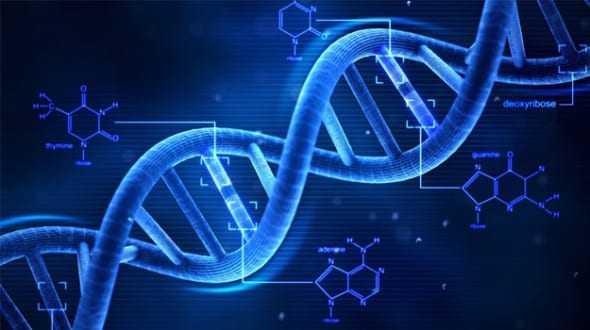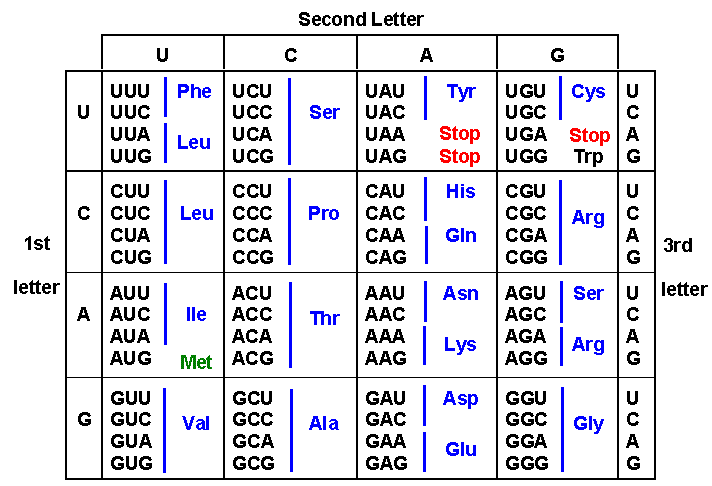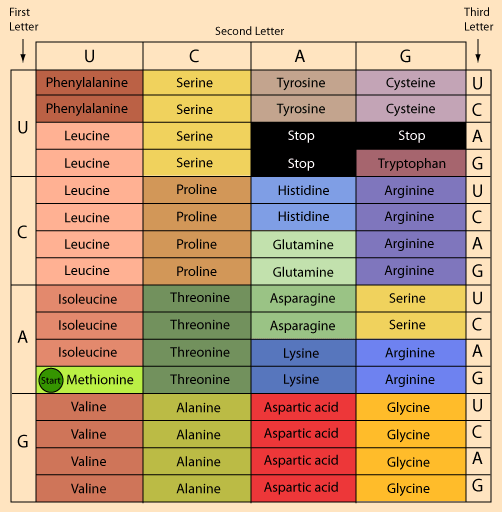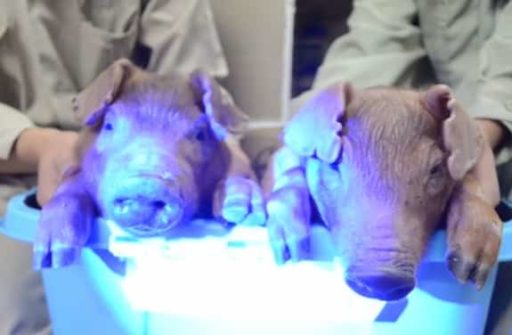It has long been believed that DNA is responsible for telling the cells how to make proteins. But lately a group of international scientists believes that they have identified a second DNA code, one that instructs cells on how genes are controlled.

Scientists at the University of Washington conducted a research on DNA funded by the US National Human Genome Research Institute as a part of the Encyclopedia of DNA Elements Project, or ENCODE. The project’s objective was to determine how and where directions for biological functions are stored in the human genome.

However, scientists already knew that the genetic code uses a 64-letter alphabet called codons. But the researchers became very much surprised when they found that genomes utilize the genetic code to write two separate languages: one specifies how proteins are constructed and the other teaches the cell about how genes are managed. One language is written on top of the other, which is why the second language stayed unseen for so long.
John Stamatoyannopoulos, associate professor of genome sciences and of medicine at University of Washington said, “For over 40 years we have assumed that DNA changes affecting the genetic code solely impact how proteins are made. Now we know that this basic assumption about reading the human genome missed half of the picture. Many DNA changes that appear to alter protein sequences may actually cause disease by disrupting gene control programs or even both mechanisms simultaneously.”

The finding is important because it implies that changes in DNA that occur due to illness or age may be having more of an effect that previously believed. Scientists have published their findings in the journal, Science.
Source: News Max Health
[ttjad keyword=”best-selling-gadget”]



